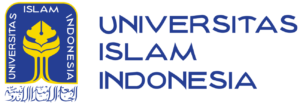[TABS_R id=15612]

Fakultas Matematika
dan Ilmu Pengetahuan Alam
Gedung Prof. Dr. H. Zanzawi Soejoeti, M.Sc.
Kampus Terpadu Universitas Islam Indonesia
Jl. Kaliurang Km. 14.5 Sleman, Yogyakarta 55584
Telepon: (0274) 895920; 898582 Ext 3040
WhatsApp: +62 812 2522 1107
Email: [email protected]
INFORMASI TENTANG
- Universitas Islam Indonesia
- Program Studi Statistika + IP Program Sarjana
- Program Studi Kimia + IP Program Sarjana
- Program Studi Farmasi + IP Program Sarjana
- Program Studi Pendidikan Kimia Program Sarjana
- Program Studi Analisis Kimia Program Diploma
- Program Studi Pendidikan Profesi Apoteker
- Program Studi Kimia Program Magister
- Program Studi Farmasi Program Magister
- Program Studi Statistika Program Magister
LAYANAN DIVISI
![]()
Akreditasi Institusi Unggul. Universitas Islam Indonesia telah mendapatkan Akreditasi Institusi Unggul dari Badan Akreditasi Nasional Perguruan Tinggi (BAN-PT) pada tahun 2021.
